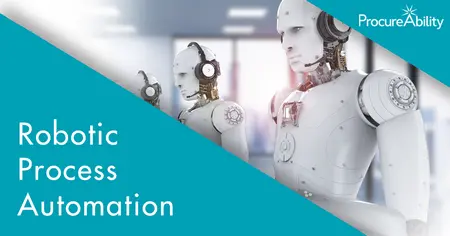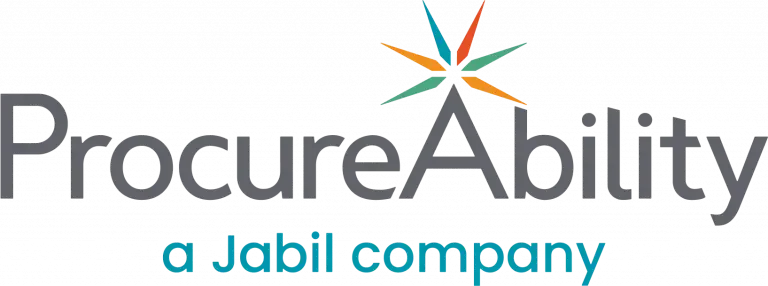
Every business has a desire to eliminate time-consuming, repetitive, but necessary, tasks. Robotic process automation (RPA) can improve processes and provide benefits like improved data accuracy, reduced costs, and increased output. While sophisticated automation tools like advanced AI are out of reach for most businesses, many can take advantage of robotic process automation to improve their procurement functions today.
What is RPA?
Masked behind a somewhat daunting name, robotic process automation is a piece of software that mimics human activities to carry out specific tasks within a process. It records the inputs of a user, and replicates those actions based on a set of rules, or as directed by a human. More advanced tech such as artificial intelligence or machine learning is not required for RPA; however, they can be combined to automate more complex tasks.
RPA Benefits in Procurement
The procurement function is full of processes that could be worthwhile candidates for a robotic process automation implementation. For example, this invoicing process that is done countless times daily:
- Open an email
- Open the attached invoice
- Uncover the relevant information
- Enter that data into an ERP
These types of small repetitive tasks are both mundane and time-consuming. The ability to automate them can free up time for employees to spend on more involved or strategic initiatives.
Some of the other benefits of RPA include:
- Cost reduction – automated bots are able to work 24/7 and can perform tasks more efficiently and faster than a human.
- Error Elimination – when implemented correctly, RPA is error-free, whereas a person may make a mistake due to distraction, fatigue, or multiple other factors.
- More accurate data – software will never forget to update data sets, allowing for 100% accurate, real-time data.
- Improved employee productivity– RPA allows employees to spend less time on repetitive tasks, and more time on value-adding activities and interacting with stakeholders.
Implementing RPA
When implementing RPA, start with processes that are impactful and easy to automate; high volume and error prone processes will benefit greatly from automation. Be sure to involve the IT team early and often, they can help collect resources required for an RPA implementation. Finally, depending on the scale of the RPA implementation, you may need to loop in HR to account for employees whose workflows and everyday processes are being disrupted.
Subscribe to ProcureAbility Insights to access whitepapers, presentations, plus our latest thought leadership.


